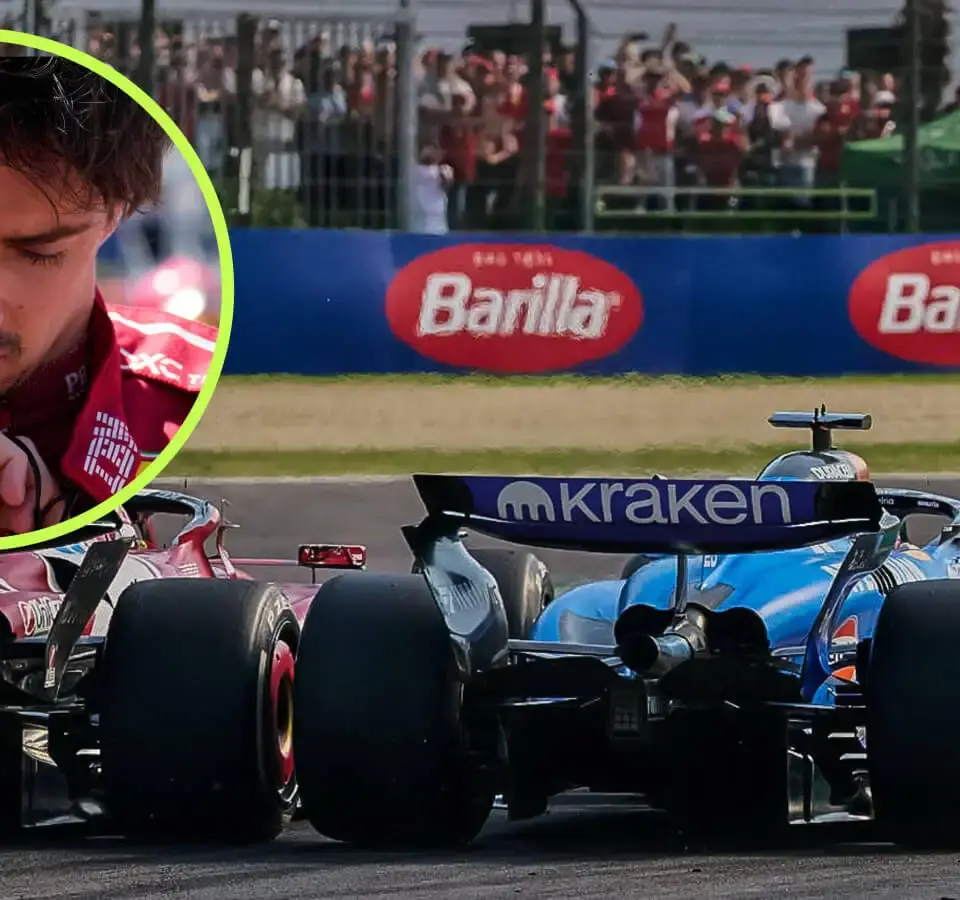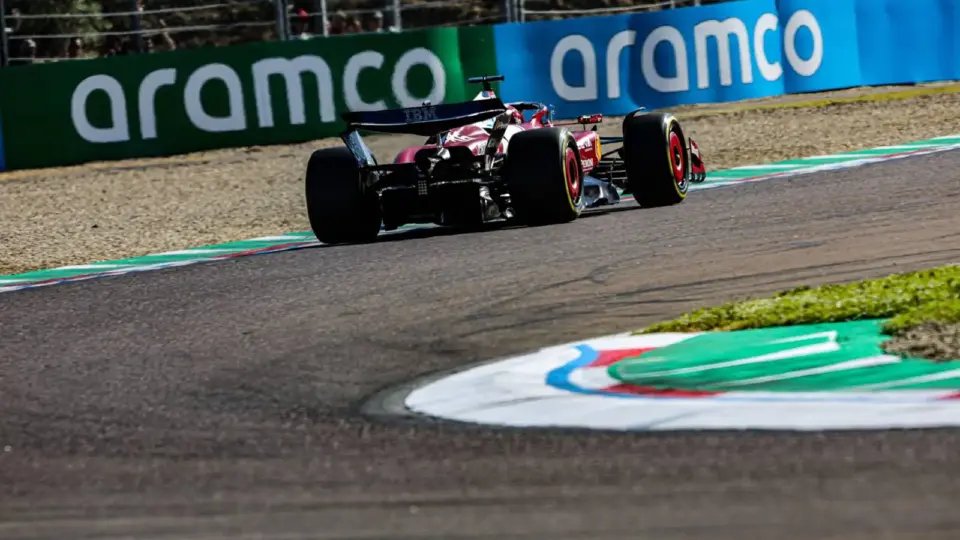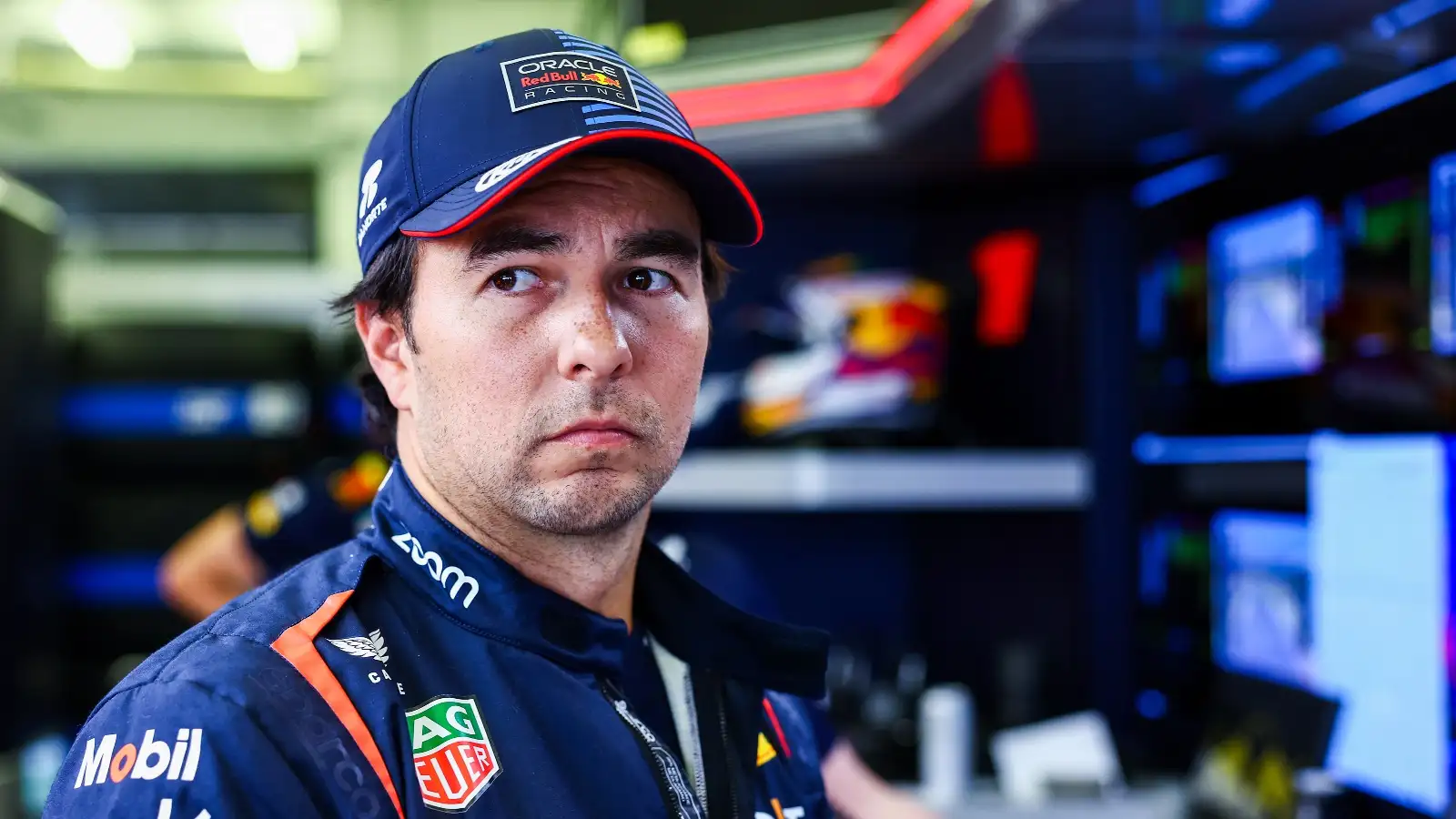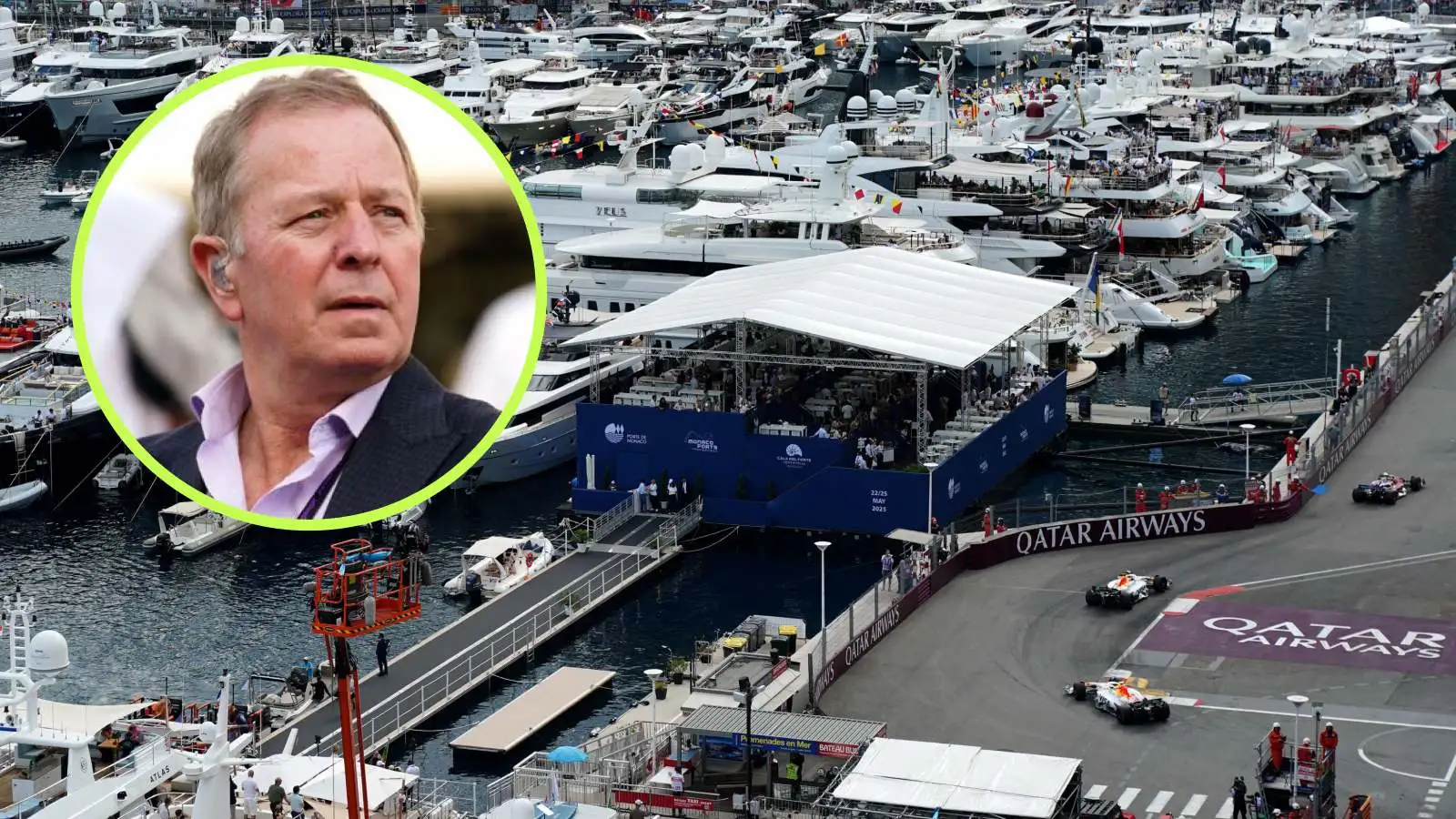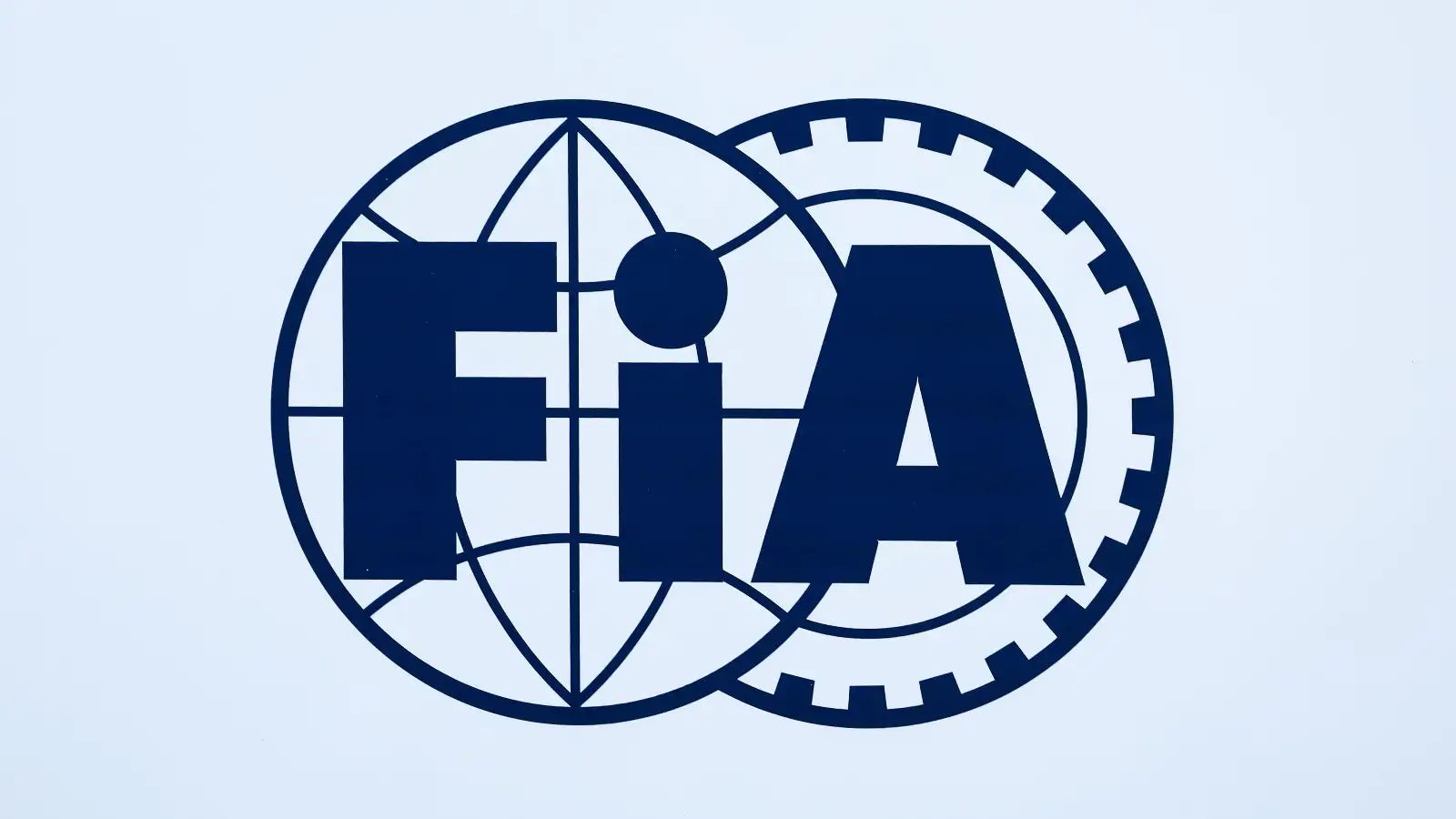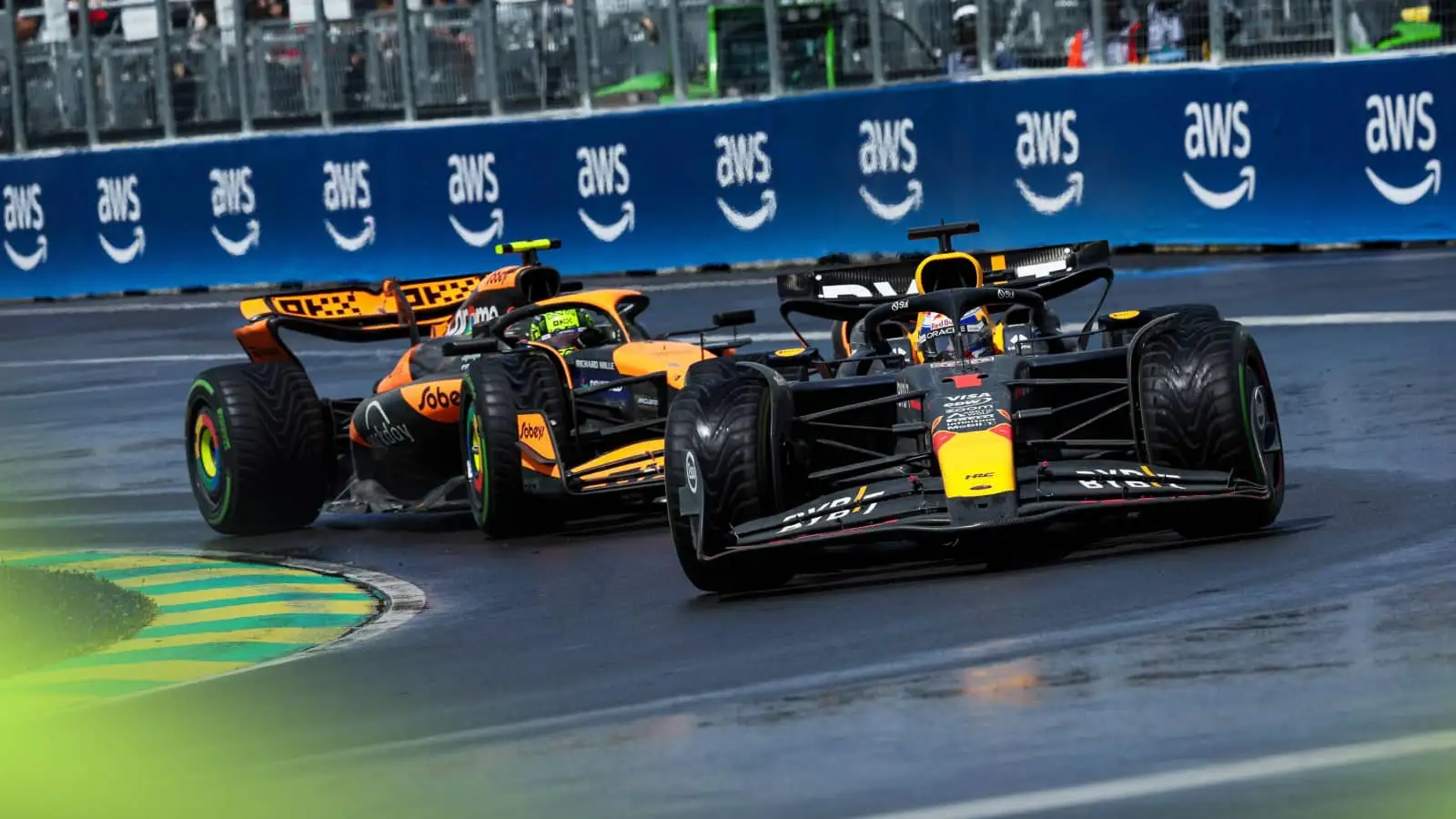In a dramatic turn of events at the Emilia Romagna Grand Prix, Charles Leclerc and Alex Albon found themselves entangled in a heated dispute over racing manners.
- Albon attempted to overtake Leclerc at the iconic Tamburello corner, only to be sent into the gravel as Leclerc held his ground.
- Despite Albon’s vocal displeasure, race stewards ruled no further action, leaving Leclerc fuming but unpunished.
- Analyst Anthony Davidson sympathizes with Leclerc, highlighting the complexity of racing rules at high speeds.
- The incident exemplifies the fine line between aggressive racing and fair play, sparking debates among fans and experts.
The tension was palpable as the race neared its end, with Charles Leclerc and Alex Albon locked in a fierce battle for fourth place. Albon, seizing the opportunity at the coveted Tamburello corner, tried to pass Leclerc on the outside. However, Leclerc was not in the mood to concede and maintained his line, which forced Albon off track and into the gravel. This bold move not only cost Albon a chance to advance but also a position to a lurking Lewis Hamilton.
Albon was quick to communicate his dissatisfaction, expressing openly to his team that he felt the maneuver was unjust. “That wasn’t fair,” voiced Albon, reflecting the frustrations often felt in tight racing situations. In the meantime, Leclerc was informed over the team radio of a pending investigation and was instructed by Ferrari to yield his position to Albon, which did little to calm his agitation. “That’s how racing is now? What did I do wrong?” exclaimed an irate Leclerc, convinced of his innocence at the time.
Upon the race’s conclusion, the stewards decided that no further investigation was needed, validating Leclerc’s position. Leclerc stood by his actions post-race, asserting his interpretation of the rules allowed him to maintain his line. “It’s true we all have the rules in our heads and we always try to play with them,” he explained. Leclerc emphasized the split-second judgments needed at racing speeds, acknowledging the potential external perceptions of his conduct but standing firm on his belief of racing within the rules.
Meanwhile, former F1 driver and analyst Anthony Davidson provided insight, siding with Leclerc under the strict interpretation of the rules. According to Davidson, Leclerc was marginally ahead, thus entitled to the corner. Yet, he acknowledged the broader racing ethics which suggest that Albon might have deserved a bit more space. Davidson’s analysis offered a balanced perspective, recognizing the complexities involved in determining fault in such high-speed encounters.
The event has since fueled discussions, with opinions varying widely about the fairness and sportsmanship displayed. While some argue that such aggressive actions are part and parcel of racing, others feel they tread dangerously close to crossing ethical lines. This incident serves as a stark reminder of the intricacies involved in the rules of motorsport and the subjective nature of their application.
The Imola incident between Leclerc and Albon remains a polarizing topic, reflecting the delicate balance of aggressive racing and rule interpretation.
